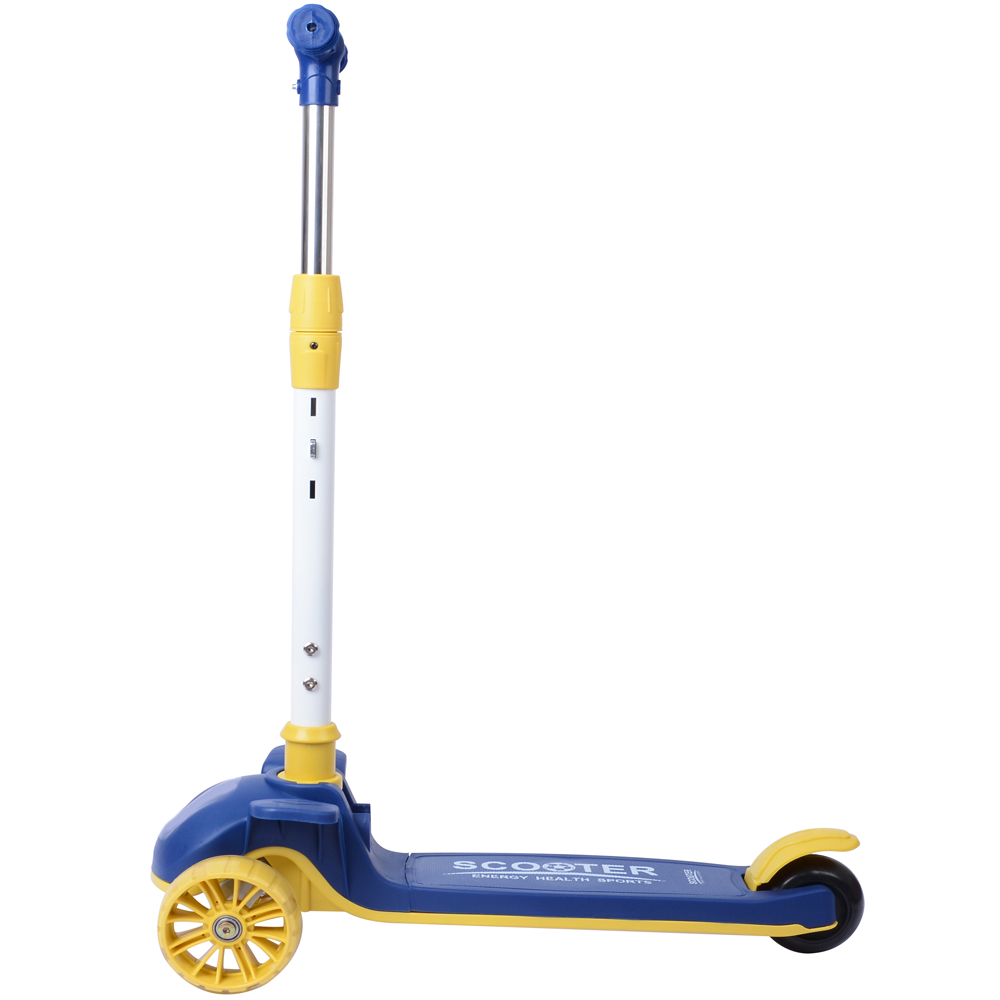Exploring the World of Scottor A Unique Blend of Art and Science
In the rapidly evolving landscape of creative expression, few concepts have captured the imagination like Scottor. This intriguing term intertwines elements of art and science, prompting us to explore its depths and implications. As we delve into the world of Scottor, we discover not just a movement but a philosophy that challenges conventional boundaries and enriches our understanding of creativity in the modern age.
.
One of the most compelling aspects of Scottor is its potential to drive innovation. In today’s world, where technological advancements are reshaping every facet of our lives, the integration of artistic insight into scientific exploration can yield groundbreaking results. For instance, consider the field of medical imaging. Traditional imaging techniques, while effective, often lacked the creative approach necessary to interpret complex data visually. Scottor promotes the incorporation of artistic principles into this process, enabling practitioners to visualize data in ways that are not only more accessible but also aesthetically pleasing. This fusion of art and science can lead to enhanced understanding and engagement, ultimately improving patient outcomes.
scottor

Furthermore, Scottor serves as a catalyst for social change. Artists have long been at the forefront of movements advocating for justice and equality, using their platforms to challenge societal norms. By aligning with scientific research, these artists can amplify their messages and ground their activism in empirical evidence. For example, consider climate change advocacy. Through Scottor, creative individuals can partner with scientists to produce compelling narratives that communicate the urgency of environmental action. By blending visual art, storytelling, and scientific data, they create powerful campaigns that resonate deeply with audiences, inspiring action on a global scale.
Education is another area poised for transformation through the lens of Scottor. The traditional education system often compartmentalizes subjects, leading to a disjointed learning experience. However, by embracing the principles of Scottor, educators can create interdisciplinary curricula that promote critical thinking and creativity. Imagine a classroom where students explore the science of sound through music, or investigate environmental science through visual arts projects. Such approaches not only engage students but also prepare them for the complexities of the real world, where problems often require multifaceted solutions.
Moreover, the digital age has given rise to new platforms for Scottor to flourish. Artists and scientists can now collaborate in virtual spaces, sharing their work with global audiences. Online exhibitions showcasing the fusion of art and scientific endeavors are becoming increasingly popular, allowing participants to experience these two worlds in new and innovative ways. This democratization of knowledge breaks down barriers, making science more approachable and art more informed.
In conclusion, Scottor represents a burgeoning movement that transcends the traditional dichotomy between art and science. By embracing creativity and innovation, this concept encourages collaboration across disciplines, ultimately enriching our understanding of both fields. As we navigate an increasingly complex world, the principles of Scottor remind us that by harnessing the power of imagination and empirical inquiry, we can create solutions that are not only effective but also deeply resonant. The future belongs to those who dare to blend the creative with the analytical, forging paths that were previously unimagined and crafting a richer, more interconnected universe. Embracing Scottor could well be the key to unlocking the potential that lies within us all.
-

 Scoot&RideKids Child Kick Push Scooter 3 Wheels with LED Flashing Tilt Lean Boys Girls Scooter
Scoot&RideKids Child Kick Push Scooter 3 Wheels with LED Flashing Tilt Lean Boys Girls Scooter




- 4
$33.17 -

 Scoot&RideKids Scooter Child Kick Flashing LED Light Up 3 Wheel Push Adjustable Folding 3
Scoot&RideKids Scooter Child Kick Flashing LED Light Up 3 Wheel Push Adjustable Folding 3- 0
$25.52 -

 Scoot&RideKids Scooter Child Kick Flashing LED Light Up 3 Wheel Push Adjustable Folding 2
Scoot&RideKids Scooter Child Kick Flashing LED Light Up 3 Wheel Push Adjustable Folding 2- 0
$33.17 -

 Scoot&RideKids Scooter Teens Foldable Kick Push Scooter Adjustable Height Safe 2 Wheels
Scoot&RideKids Scooter Teens Foldable Kick Push Scooter Adjustable Height Safe 2 Wheels




- 4
$49.99
Meet our partners and discover what powers their creativity!
When you register for a Lohas scooter, you will receive a 10% discount on your first order and can be notified of sales, new product launches and other offers in advance.









